I went hands-on with the Samsung Galaxy Z Flip 7, and it matches the Motorola Razr Ultra in one key area
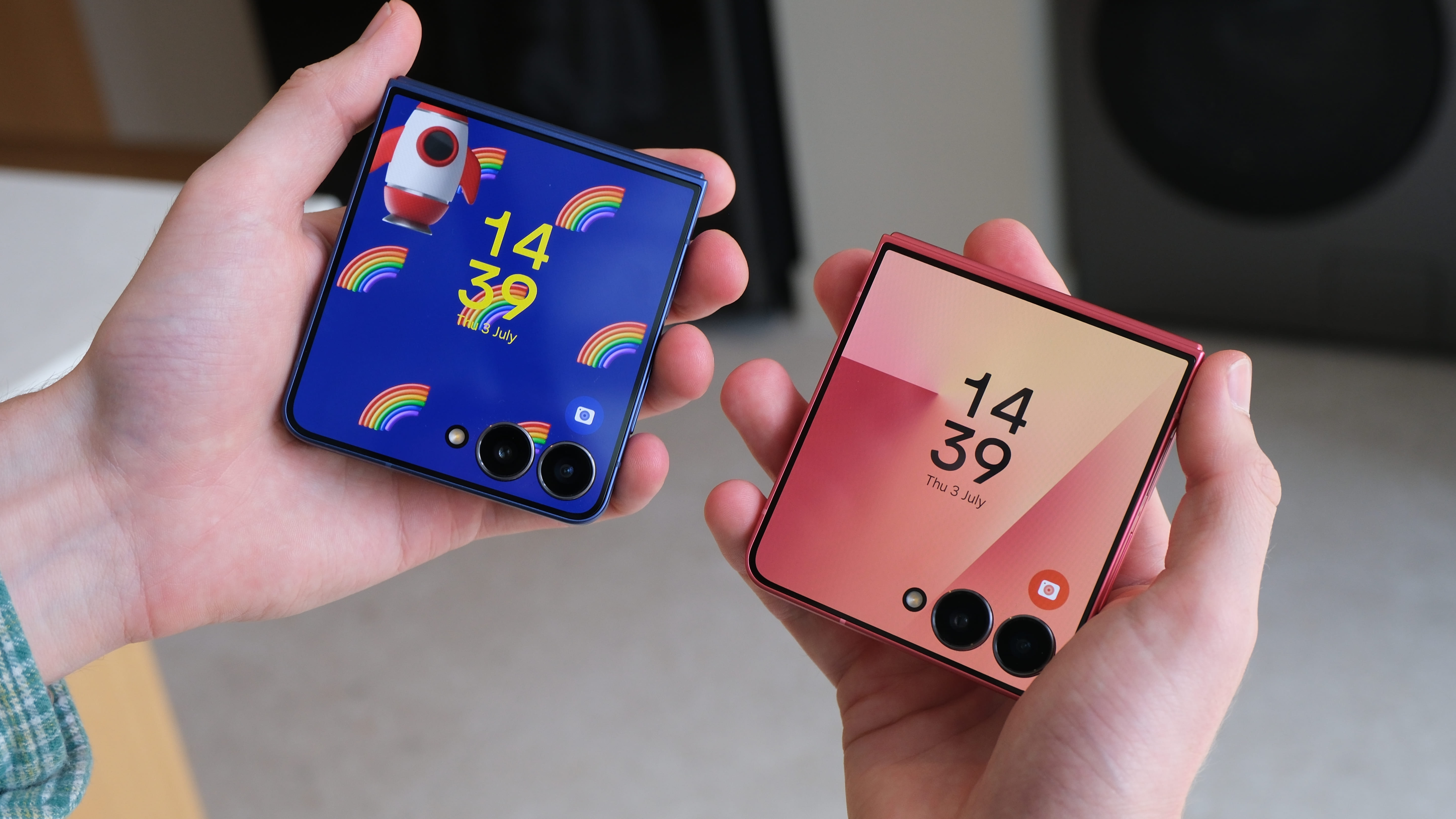
Always a bridesmaid, never the bride. That’s been my impression of the Galaxy Z Flip series ever since the original Samsung Galaxy Fold debuted in 2020.
It’s never quite had the same je ne sais quoi as the pricier, more premium-feeling Galaxy Fold series, and in recent years, rival flip phones like the Motorola Razr Ultra have eaten into what little wow factor the Z Flip series still had among the best foldable phones.
That all changes with the Galaxy Z Flip 7. Not only did I walk away from my pre-Unacked hands-on session feeling almost as excited about Samsung’s latest Flip phone as I am about its newest Fold, but I’m also convinced that Samsung has addressed my biggest concern with Flips of the past: yes, people, the cover screen is now as good as anything you’ll find on the best Motorola phones.
Okay, let’s dial back. I’ve only spent an hour with the Galaxy Z Flip 7, so it’s not fair to make such a bold claim quite yet, but Samsung has certainly gone to town on the new phone’s cover display in a way that it simply hasn’t with previous Flip models.
The FlexWindow (as Samsung calls it) now measures 4.1 inches, up from a paltry 3.4 inches on the Galaxy Z Flip 6. This increase is much more significant than it reads on paper, not least because the Z Flip 7’s cover display now wraps around its two rear camera rings (finally!).
The refresh rate on the FlexWindow has also been doubled from 60Hz to 120Hz, and the bezels are now much slimmer than before. They’re so slim, in fact, that the cover display on the Galaxy Z Flip 7 at least looks more impressive than that of the Motorola Razr Ultra (I’m a little hesitant to call it better outright, having not yet tested the messaging or pattern-unlocking experience on Samsung’s newest display).
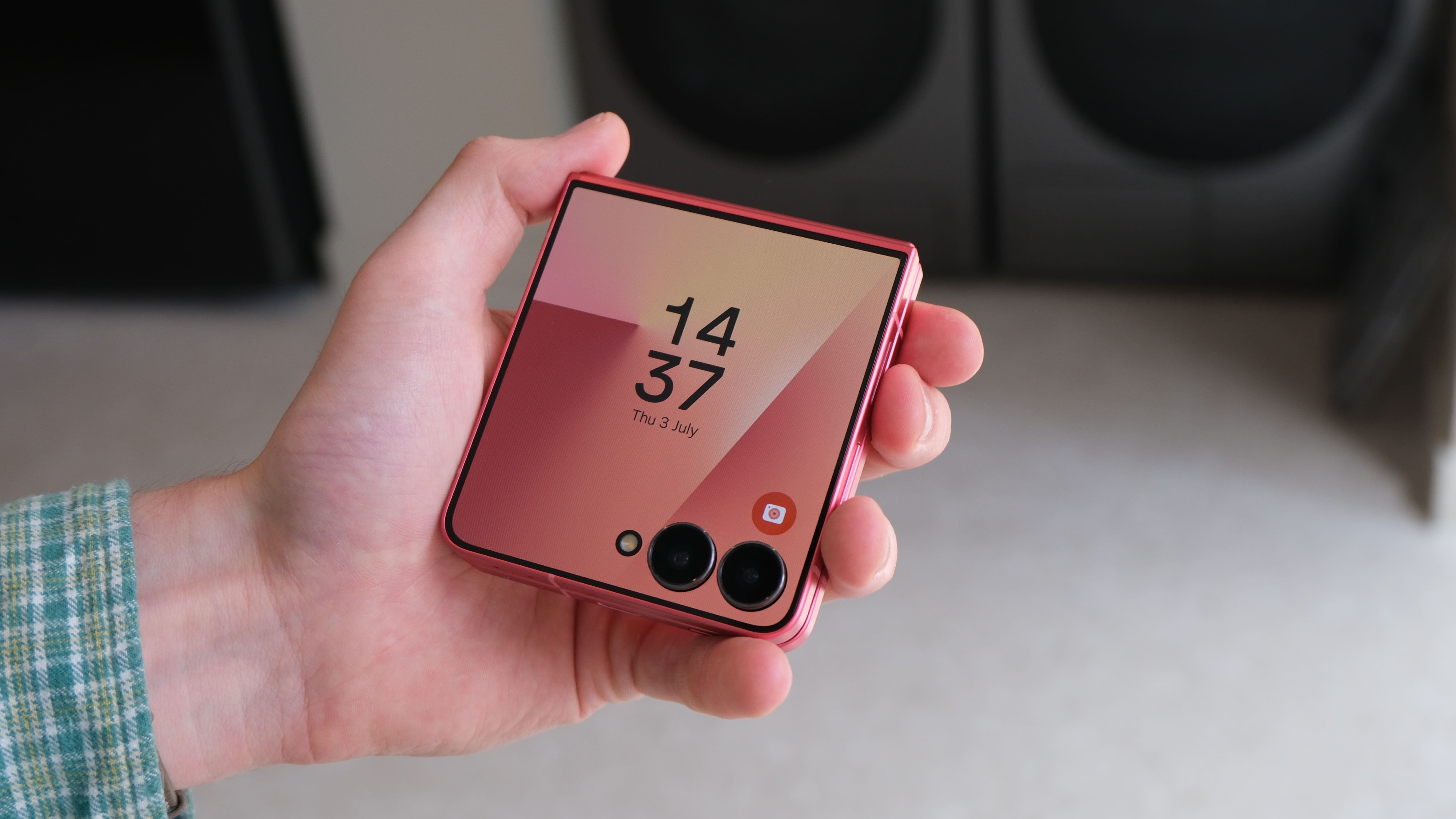
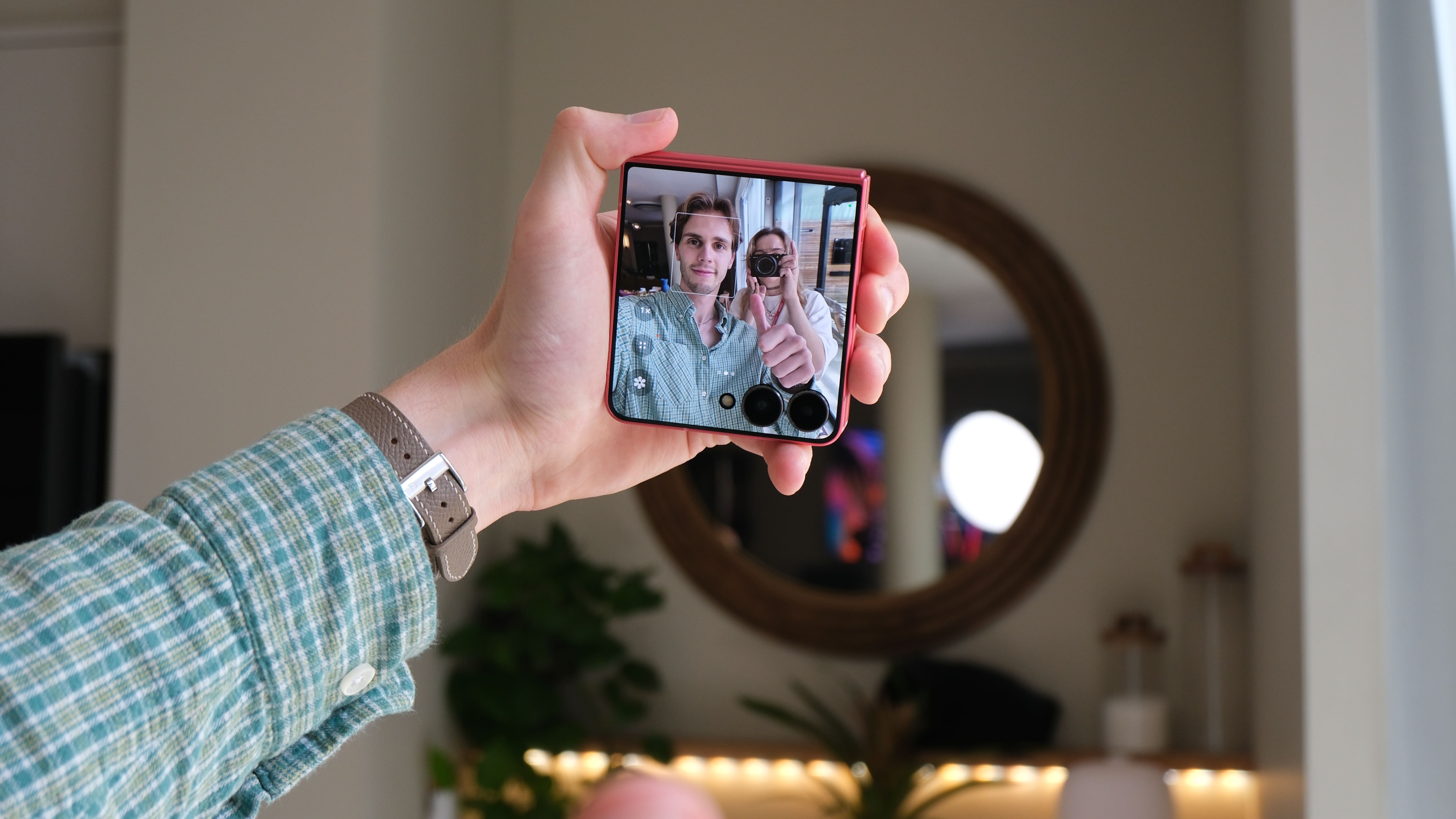
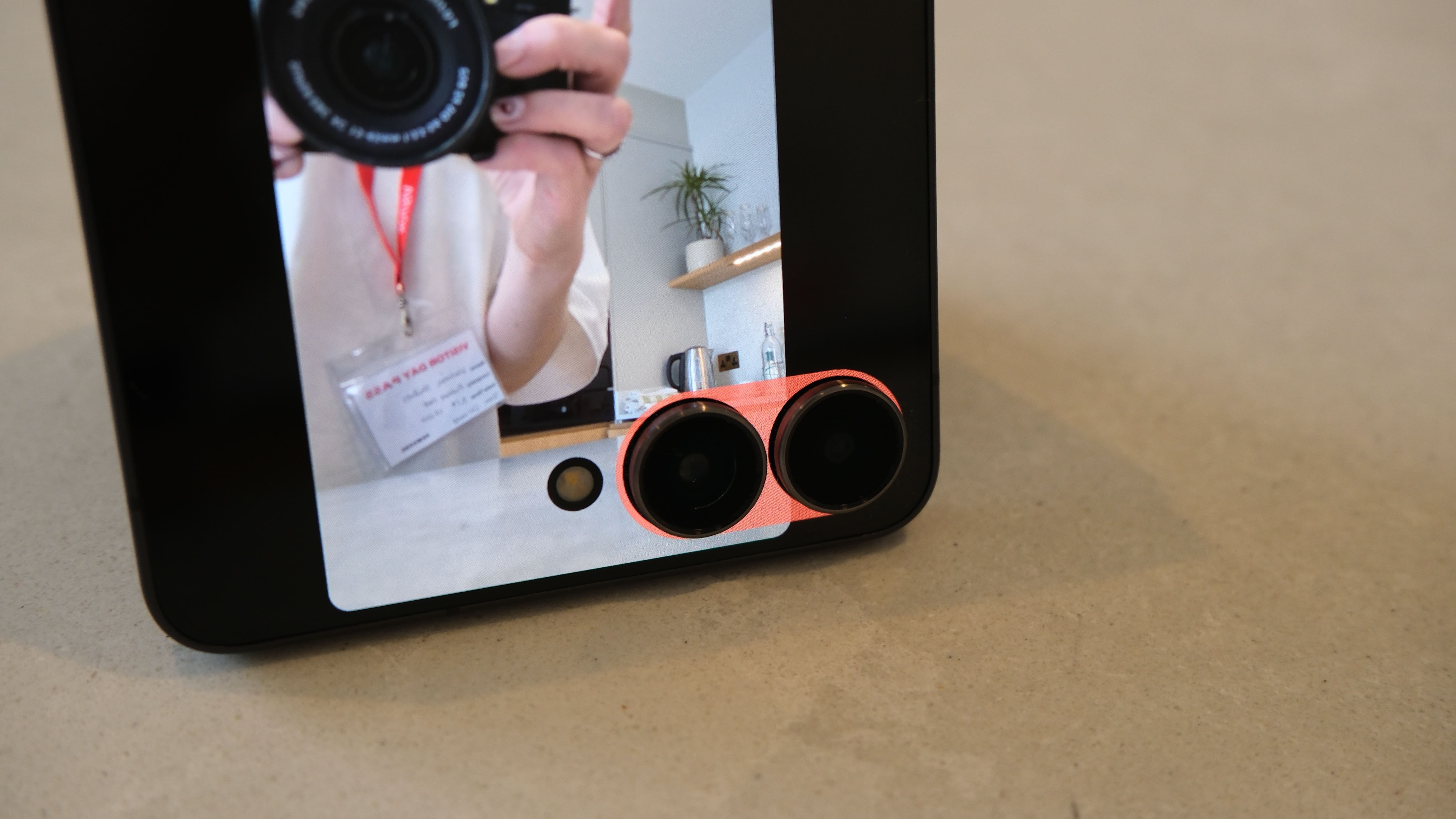
All of this extra cover-screen real estate means the Z Flip 7 is a lot more usable when closed. You can access the Now Bar and even Gemini Live straight from the FlexWindow, and there are plenty of new camera features to try, too, including Auto Framing, which adjusts the field of view to keep your subject in focus within the frame, and Real-Time Filters, which let you sample different photographic styles directly from the FlexWindow.
Sign up for breaking news, reviews, opinion, top tech deals, and more.
The upgrades continue on the inside. Opening up the Galaxy Z Flip 7, you’ll find a bigger, wider 6.9-inch display, which makes the phone feel more like a Galaxy S25 Ultra and less like an oddly-shaped foldable in the hand. If not for Flip’s chunkier internal display bezels, you’d be hard pressed to tell the difference between the two devices on a flat surface.
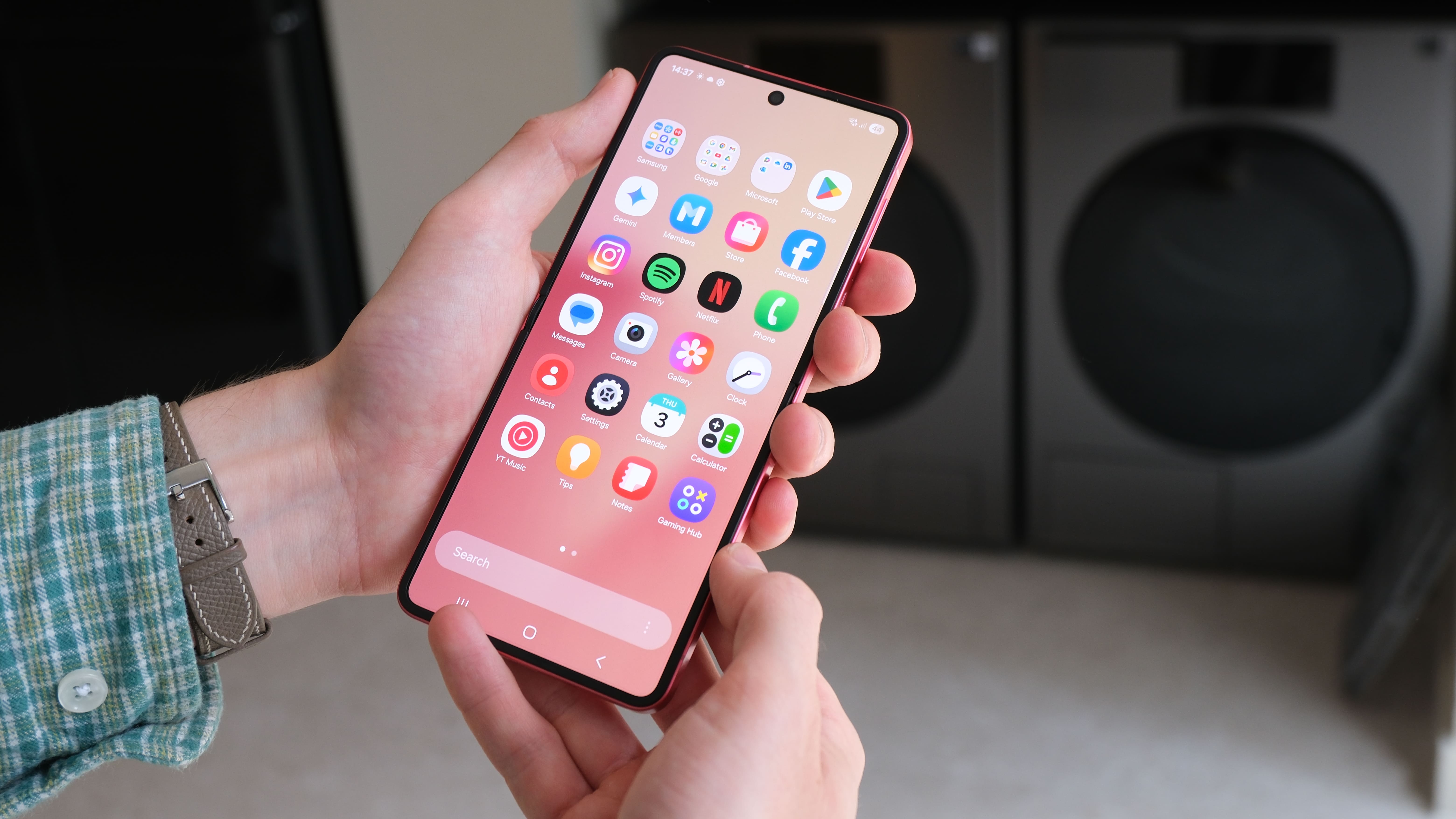
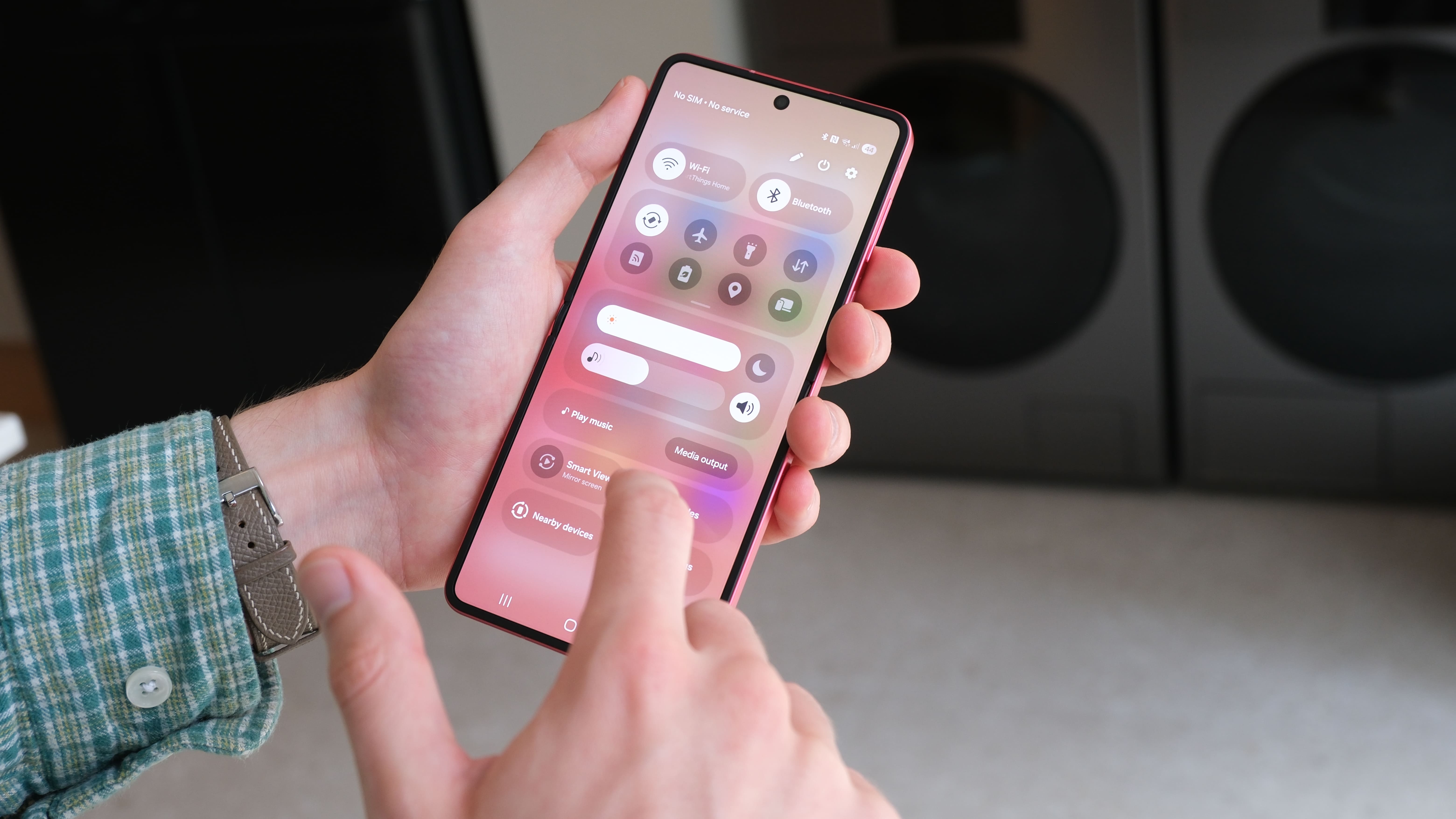
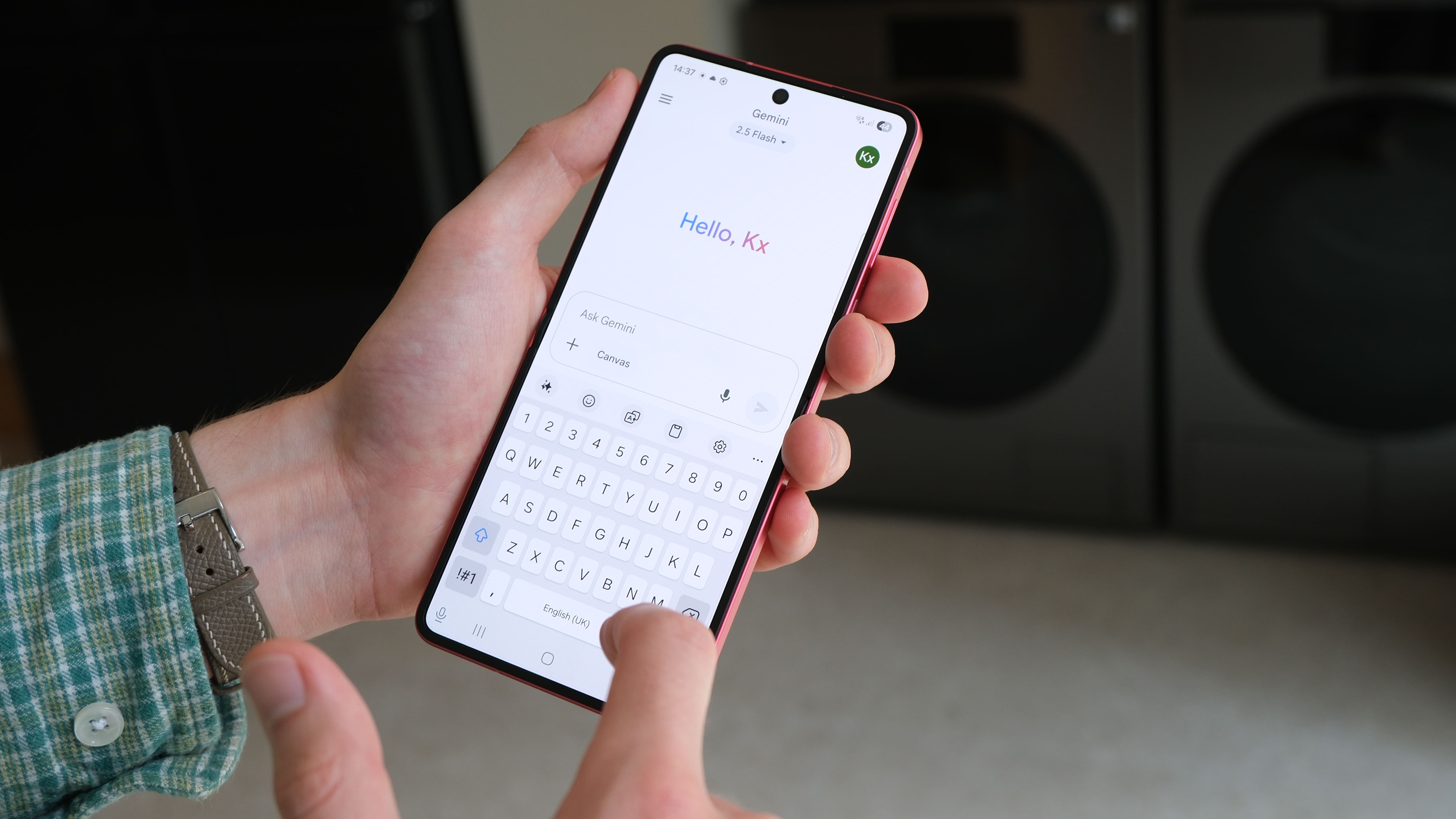
The Galaxy Z Flip 7 measures 13.7mm when folded and 6.5mm when unfolded, which is still pretty chunky as foldables go (the Galaxy Z Fold 7 measures an incredible 4.2 mm), but that’s a sizable reduction in thickness versus the Galaxy Z Flip 6.
What’s more, despite this thinner frame, Samsung has managed to pack a larger, 4,300mAh battery into the Galaxy Z Flip 7, and that, paired with the new, efficiency-focused Exynos 2500 chipset, should ensure that Samsung’s latest Flip phone delivers the longest-ever battery life for a Z Flip model (we managed 11 hours in our testing of the Galaxy Z Flip 6).
It’s a similar story for durability. The Galaxy Z Flip 7 still has the same IP48 resistance rating as its predecessor, but because of those thinner bezels on its cover screen, Samsung says it’s managed to achieve tighter waterproofing on the phone’s circuitry. The new Armor FlexHinge is also thinner and more durable than the equivalent hinge on the Z Flip 6.
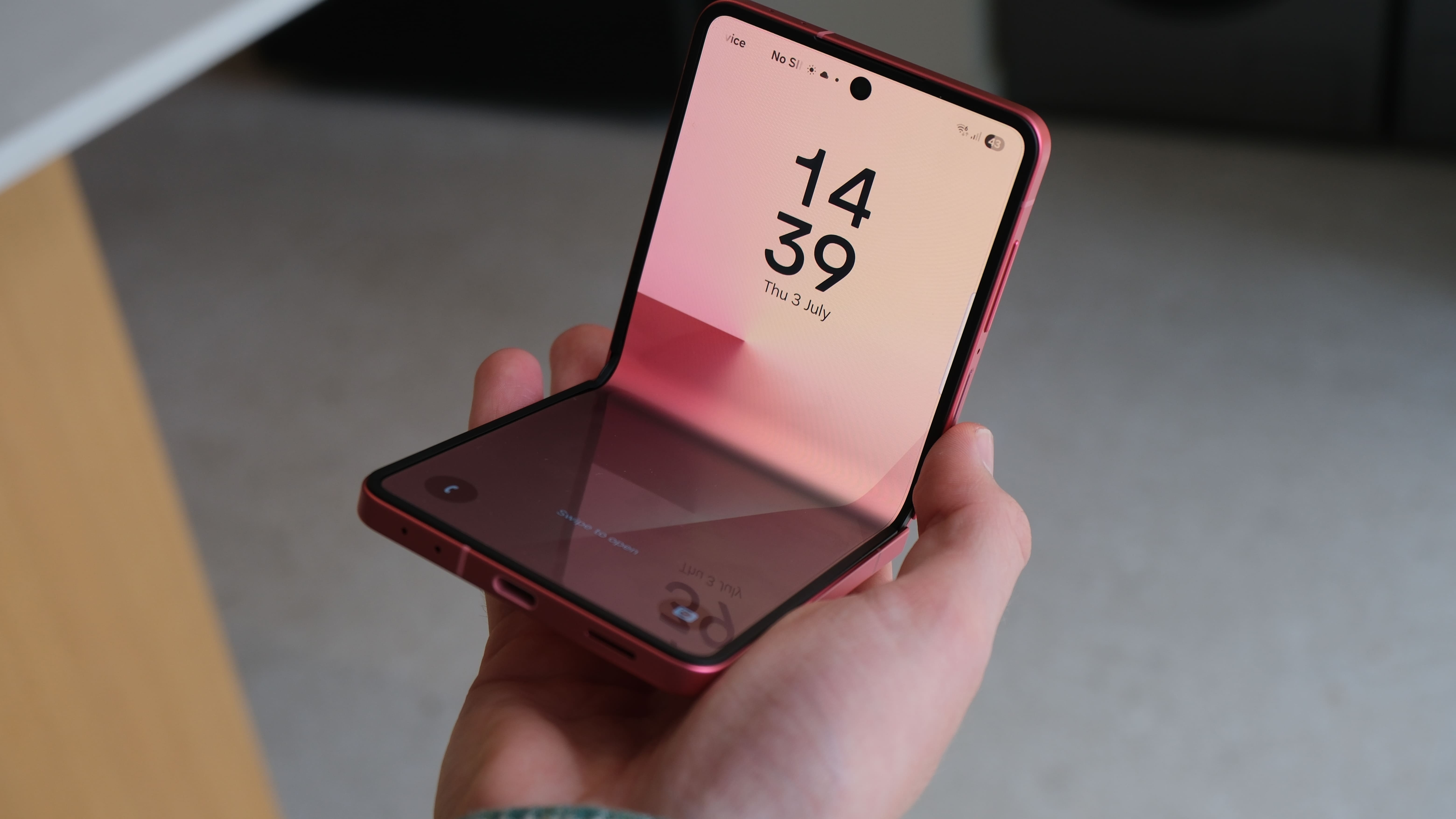
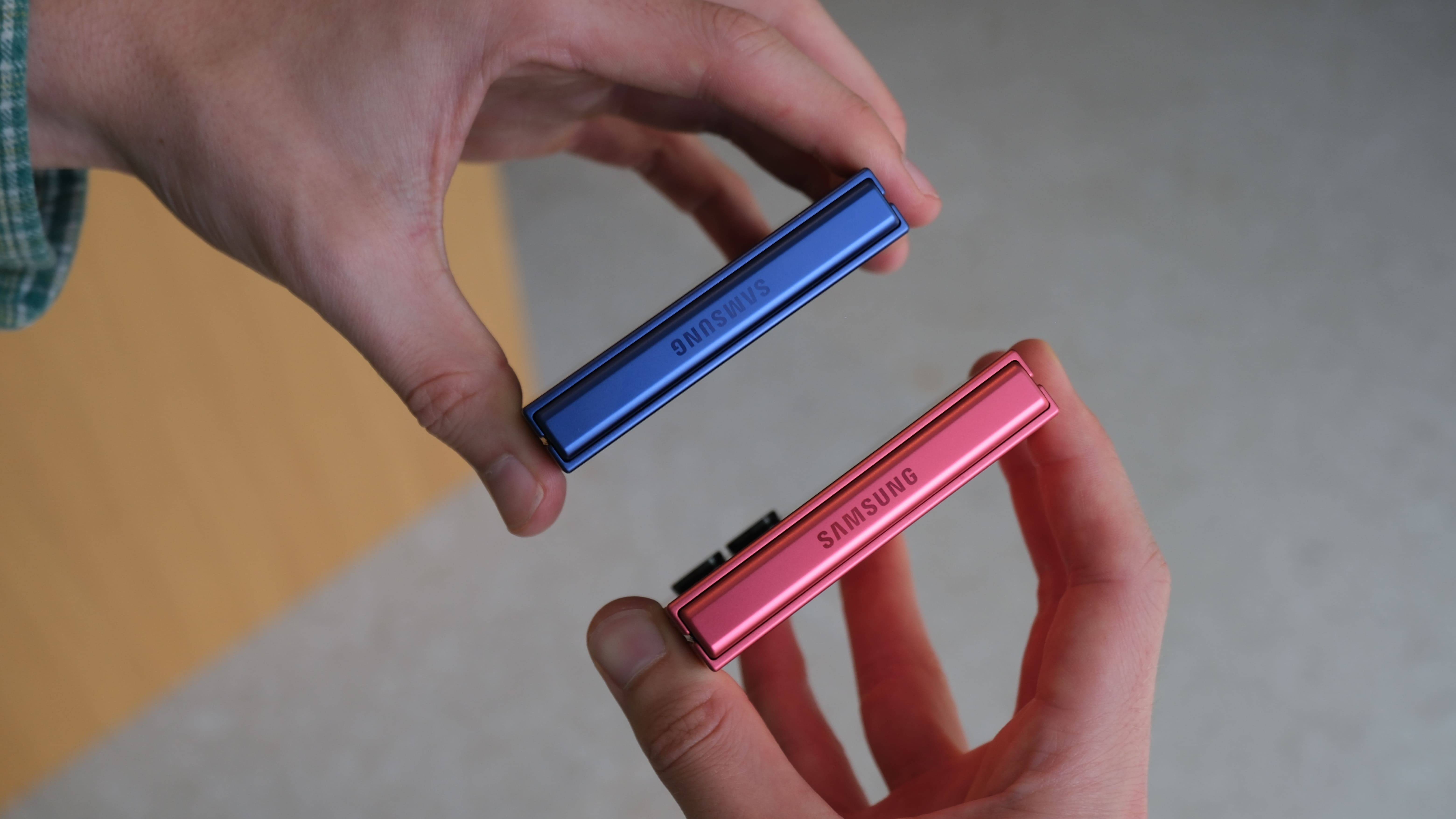
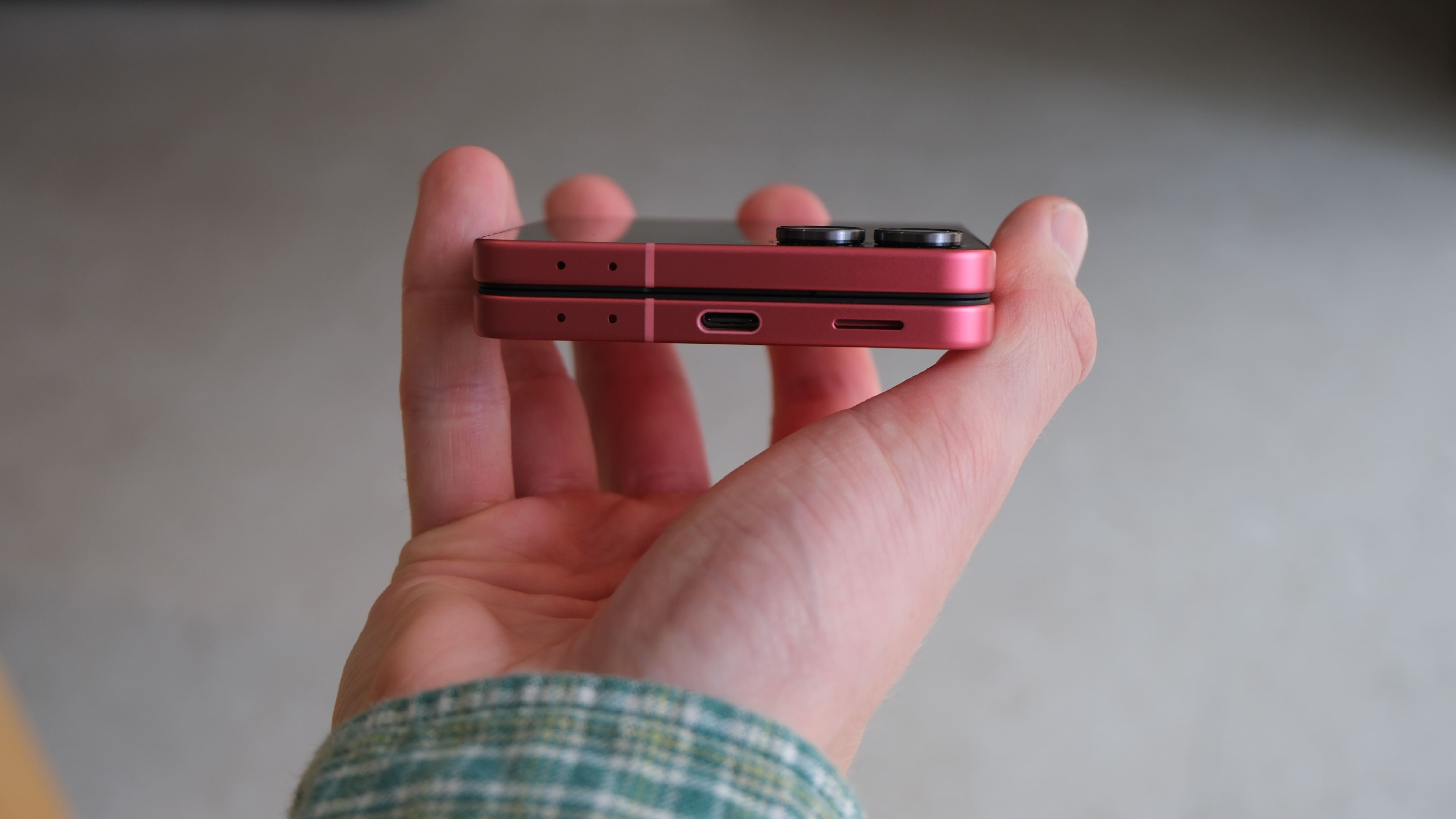
The only real disappointment with the Galaxy Z Flip 7 is its unchanged camera array. It gets a 50MP wide lens, a 12MP ultra-wide lens, and a 10MP selfie camera – that’s the same as the offering on the Z Flip 6. The few snaps I took with each of these lenses were perfectly fine, but the Flip 7 isn’t going to make a dent in our list of the best camera phones.
Mind you, if Samsung had to choose between offering a bigger, more usable cover screen and a display-eating (but photography-enhancing) rear camera module on the Galaxy Z Flip 7, I’m glad it’s prioritized the former. That’s what this new phone is all about – bigger, better displays, and the Flip series no longer feels one step behind the competition thanks to these major design changes.
As for pricing, the Galaxy Z Flip 7 costs the same as the Galaxy Z Flip 6 in every region – specifically $1,099 / £1,049 / AU$1,799 for the 256GB model and $1,219 / £1,149 / AU$1,999 for the 512GB model (we’re awaiting confirmation on Australia pricing). It’s available to pre-order now in a choice of Blue Shadow, Jetblack, and Coral, with general availability beginning on July 25.
We’re currently putting the Galaxy Z Flip 7 through its paces in our testing labs, so stay tuned for our full verdict, including our thoughts on its value for money. Oh, and for the low-down on everything else Samsung announced at Galaxy Unpacked, check out our Samsung Galaxy Unpacked 2025 live blog.
You might also like

Axel is TechRadar's Phones Editor, reporting on everything from the latest Apple developments to newest AI breakthroughs as part of the site's Mobile Computing vertical. Having previously written for publications including Esquire and FourFourTwo, Axel is well-versed in the applications of technology beyond the desktop, and his coverage extends from general reporting and analysis to in-depth interviews and opinion.
Axel studied for a degree in English Literature at the University of Warwick before joining TechRadar in 2020, where he earned an NCTJ qualification as part of the company’s inaugural digital training scheme.
You must confirm your public display name before commenting
Please logout and then login again, you will then be prompted to enter your display name.
